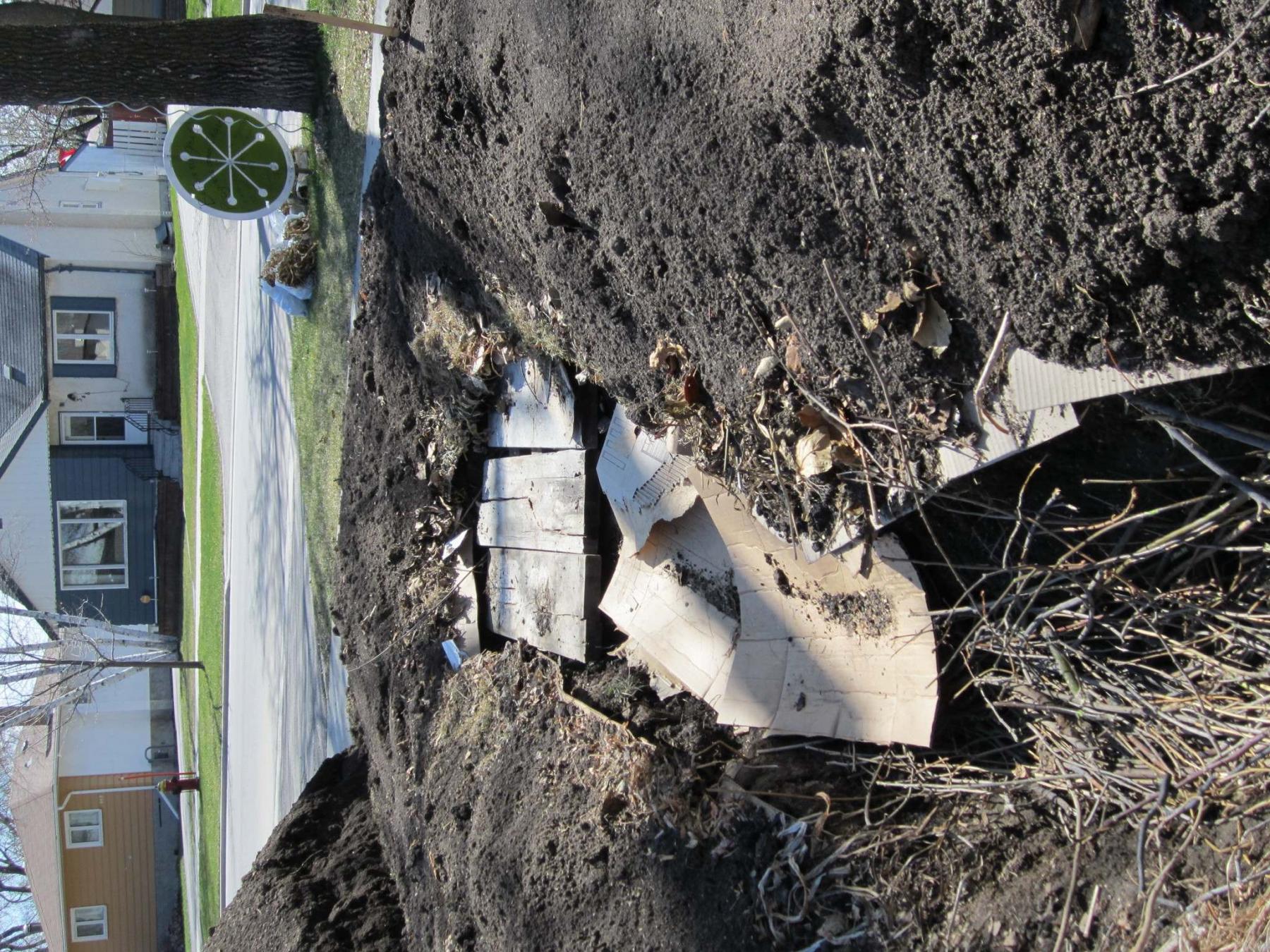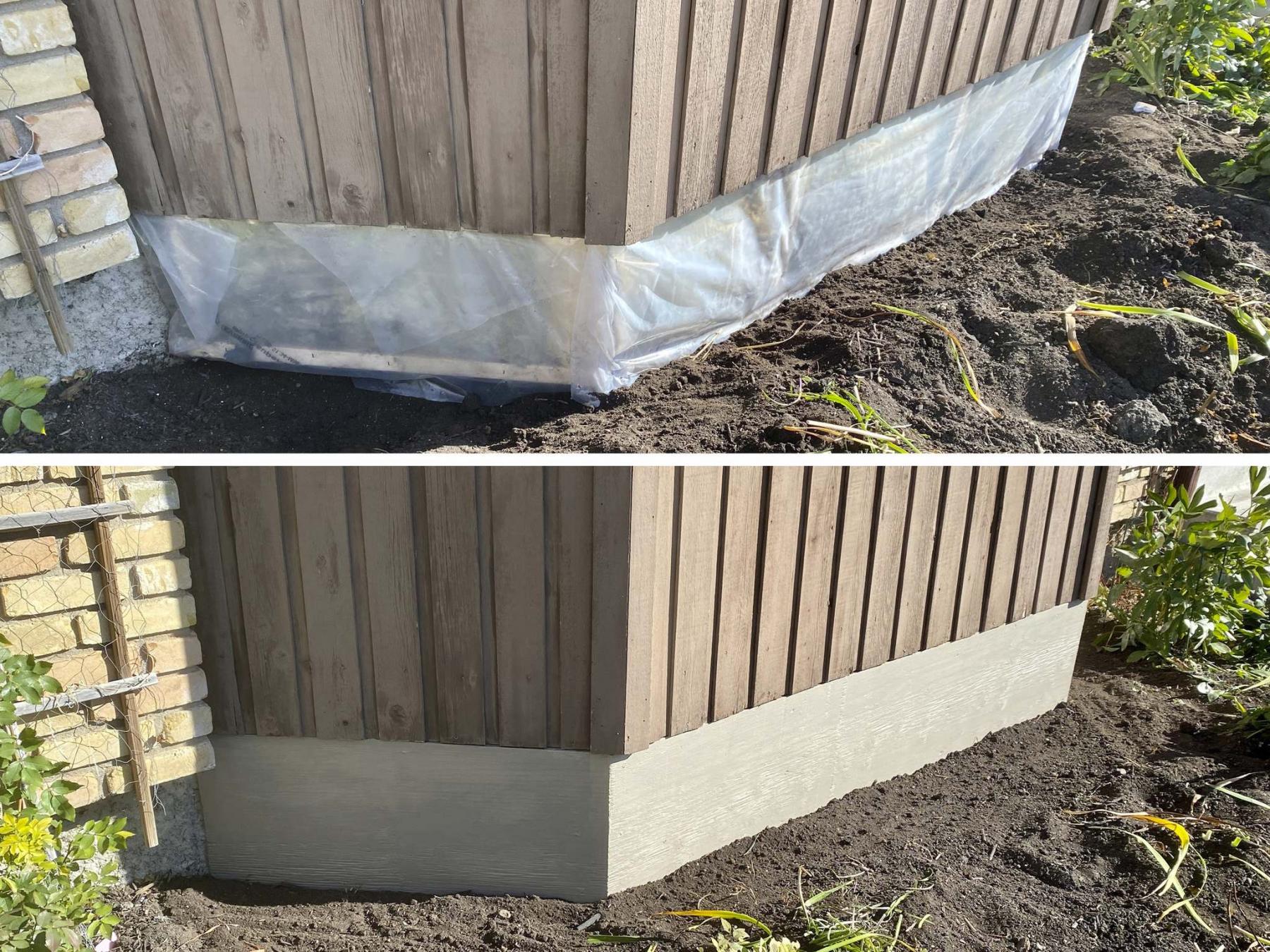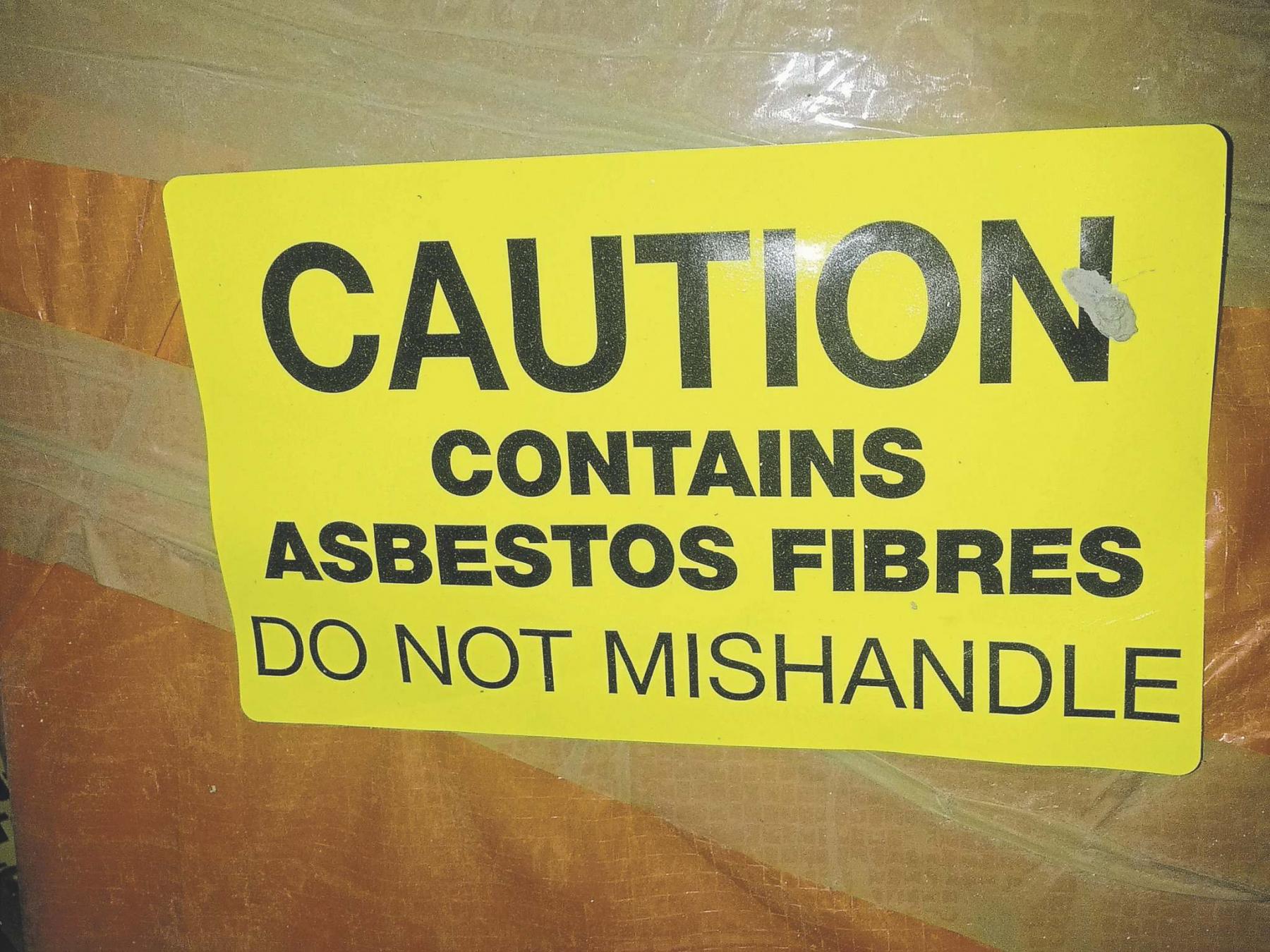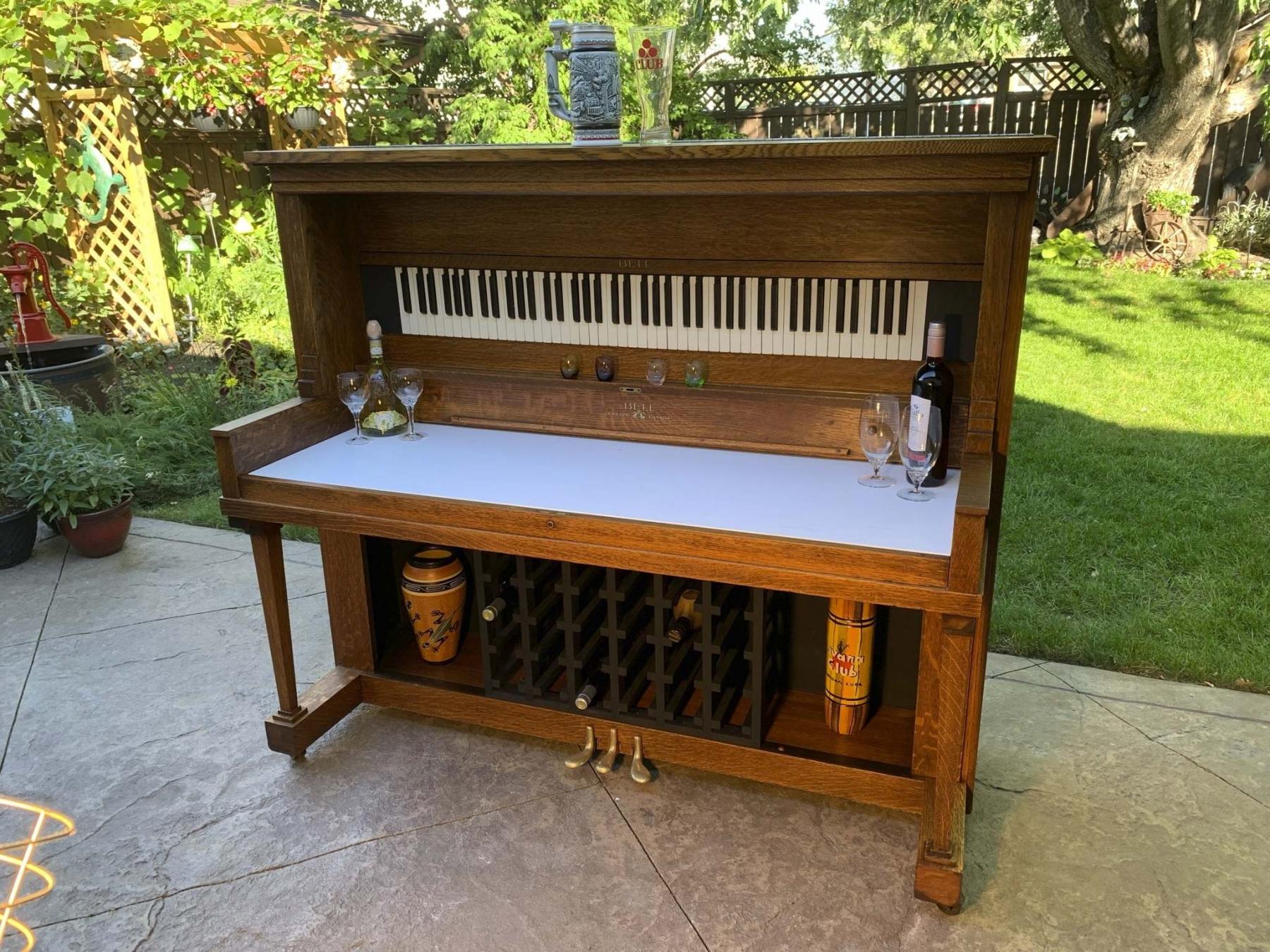Renovation & Design
Renovation & Design
Heat may be needed to prevent plumbing from freezing
Question: I was hoping you could suggest how to prevent a pump from freezing in winter. It is located in the crawl space at the end of the building, which is skirted with insulation panels. The water lines have heat tape, however the pump does not. We considered building on a heated area adjacent to the pump. Any ideas? Thanks, S. Sawich.
Answer: Preventing plumbing from freezing in a crawlspace in our frigid winters can be a challenge, but should be possible with proper insulation and a reliable heat source. Ensuring the area is properly insulated and sealed before installation of additional heating will be the key to prevent any problems.
Any time plumbing systems are installed in a crawlspace, especially if it is a building with occasional or seasonal use, risk of freezing is increased. Because the crawlspace is below the heated living space, it will be colder than the floor and rooms above. While the crawlspace may get some radiant heat from the building, it will still be substantially cooler. If there are areas in the crawlspace perimeter that have gaps or poorly sealed areas, cold drafts may cause unwanted freezing of plumbing fixtures and pipes, especially if you have copper supply pipes.
Unless the crawlspace has a good heat source, to warm the air and the plumbing, there is always a chance of freeze-up, especially on very cold days. Installing heat into this area may require tying into the existing ducting, if you have a forced-air system. Adding an additional duct to the furnace plenum may not be overly difficult, as long as there is proper access. If the ducts already run through the crawlspace, but have no direct duct or register for that space, it may be quite simple. Diverting heated air from another duct, or from the plenum, into the crawlspace should be straightforward for a licensed HVAC technician. If there are no ducts in the crawlspace, or if you have a different heating system, then other alternatives should be chosen.
One of the simplest methods to add a heat source to your crawlspace, regardless of your current heating system, is to add electric baseboard heaters. These inexpensive heaters may be installed by hanging them from the floor joists, or securing them to vertical columns or the perimeter walls of the crawlspace. Supplying them with power, and a crawlspace mounted thermostat, can easily be accomplished by a licensed electrician, as long as you have capacity and space in your electrical panel. If you have a 200-amp service there should be no issue, but it may also be possible with most 100 amp. panels, as long as you are not currently maxed out. Installing one heater near the pump should ensure your freezing concern is met. Adding baseboards in other strategic locations may also allow you to remove the heat trace cables from your existing plumbing pipes, as long as a couple of other provisions are taken into consideration.
Heating the crawlspace will only be completely successful if you have proper insulation and air sealing on the perimeter of entire area. Having older insulation may not be adequate to form a completely sealed area, which will withstand strong winds and bitter winter temperatures. Reinsulating this area with high density spray-on foam, or rigid extruded polystyrene, should allow you to seal it properly against the worst weather.
The dirt floor of the crawlspace should also be sealed with 6MIL poly, to further prevent moisture and air intrusion into the confined space. Upgrading these components in the crawlspace may be the most important part of the process to prevent future frozen plumbing.
The other consideration may be the reliability of the electrical supply to the building. Especially if this is a cottage or other remote property, which is only used periodically in the heating season, this concern must be addressed. If the electrical utility is subject to regular outages, electric heating in the crawlspace may be interrupted for extended periods. If this is more than a few hours, in the dead of winter, freezing pipes and pump is once again a problem. The solution would be to install some form of low temperature alarm, which would notify you if the temperature suddenly dropped in the crawlspace. This is a good idea even if you permanently occupy the home, just in case something else, like a tripped circuit breaker, happens. With modern Wi-Fi systems, this is something that could be readily installed, as long as you have an internet connection in the building.
While there may be other, simpler solutions to prevent the pipes and pump from freezing, like leaving a faucet dripping in the coldest weather, a properly heated and insulated crawlspace is the best choice. This will not only prevent a plumbing breakdown, it will also warm the floor above, making the living space more comfortable. The crawlspace does not have to be heated to the same temperature as the living space, but should be several degrees above freezing at all times. That way, you can reliably prevent frozen fixtures without a large increase in your Hydro bill.
Implementing any strategy to prevent frozen plumbing pipes, pumps, or other equipment in a crawlspace should rely on proper heating, insulation, and air sealing. Preventing cold air from getting into the area, and warming it to a reasonable temperature above freezing, will be the most reliable, long-term solution.
Ari Marantz is the owner of Trained Eye Home Inspection Ltd. and a Registered Home Inspector (RHI)(cahpi.ca). Questions can be emailed to the address below. Ari can be reached at 204-291-5358 or check out his website at trainedeye.ca.
trainedeye@iname.com
Renovation & Design
Discoloured towels likely due to cosmetics
Question: Last year I purchased new white towels for my remodelled bathroom. They are lovely, but after a few washes and they started sprouting grey blob-shaped spots, especially on the hand towels. At first, I thought it was my daughter’s toothpaste staining the towels when she wiped her face, but switching toothpastes didn’t help. The spots have also appeared on the bathmat; so, I know it can’t just be the toothpaste. With copious amounts of bleach, the spots can be faded or erased, but this needs to be done constantly or they re-appear. I have changed laundry detergents as well to no avail. Any ideas? — Darryl
Answer: Since the spots are mainly apparent on hand towels it makes sense they may be the result of a product your daughter uses. Bleach is found in cosmetic products other than toothpaste such as teeth whiteners and hair products. Benzoyl Peroxide for example is found in several products i.e., acne treatments may be the culprit. Consider investigating all of the products that she uses to help you determine the cause of discoloration.
Have you experimented by trading towels with her and observing whether discoloration is still an issue? Add a product such as washing soda to each load. Pour one quarter cup to each load to brighten colors and whiten whites. Using washing soda with hot water will also clean out the hoses in your washing machine.
Question: You mentioned preheating the pan for a homemade pizza. Should I also preheat the pan for a storebought, frozen pizza? Is this necessary to prevent a soggy pizza? I usually just place the frozen pizza on a pan (not heated), or directly on the oven rack. Cathy
Answer: If you preheat the oven before placing the pizza directly on the rack, you are choosing the best method for a crispy pizza result. Some people like me are not brave enough to put the pizza on the rack, in this case, you can preheat the pan before placing the pizza in the oven, but it’s really not necessary.
Question: Can you advise me as to why when frying or pickling garlic they turn green? How can I prevent this from happening? I read it is safe to eat green garlic, but it is unsightly. I have also read that it is due to immature garlic, so how does one buy it correctly? Perhaps there are many reasons for this occurrence. Thanks in advance, Mary
Answer: Garlic contains anthocyanins, water-soluble pigments that turn blue, green, or purple in an acid solution. While this colour transformation tends to occur more often with immature garlic, it differs among cloves within the same head of garlic. The garlic flavour remains unchanged and is totally edible and not harmful. Some other factors that may cause colour change include: a reaction to the acid found in vinegar, lemons, or onions; the material makeup of the frying pan or chopping knife; copper in your water; or using a salt other than canning salt for pickling. To prevent colour change, blanche garlic for 30 seconds or sauté garlic in butter or olive oil.
When purchasing garlic, look for dry bulbs, off-white in colour. The peel should be dry and shed easily. Take a moment, in the store, to smell garlic; it will carry no odour unless it is overripe (which you don’t want).
Everyday tips, for everyday challenges
— Stop clothes with thin straps from falling off hangers by sticking small felt furniture pads onto the hanger just beyond where the straps sit.
— To keep spiders or any other nasty surprises out of the shoes you store outside such as gardening shoes or work boots, place old stockings over the top of them. Make sure the stockings don’t have holes in them, and if they don’t fit snugly over the top, use an elastic band to secure them.
Note: Every user assumes all risks of injury or damage resulting from the implementation of any suggestions in this column. Test all products on an inconspicuous area first.
Have a great suggestion or tip? Please send an email at: info@reena.ca. Reena Nerbas is a popular motivational presenter for large and small groups; check out her website: reena.ca.
Renovation & Design
Vinegar, tea tree oil should rescue outdoor cushions
Question: We have a set of four nice, thick outdoor chair cushions that we have treated well for 15 years. They are never left outside at night and are often stored in our shed during summer days when not needed. I went to get them from the shed, and discovered that they had become soiled from mice that had gotten into our shed (they were stinky and damp). We left them outside to dry off, then put them away to deal with later. Now I’m wondering if they can be washed in a large commercial washer at a laundromat (larger capacity), and if so, what should I use on them? (Borax?) I want to make sure they are well disinfected. Any advice would be very appreciated. Thanks. — Jill
Answer: Washing the cushions in a large-capacity washing machine is absolutely genius! Use heavy-duty detergent and air dry the cushions. The only change I would make is to use 1 cup of white vinegar in place of borax. After the cushions are dry, wipe them with tea tree oil to help deter rodents.
Question: I recently made cornbread and it was very crumbly. What did I do wrong? I used one egg. Should I use two next time? — Wendy
Answer: Here are a few hints for making delicious cornbread: Use buttermilk instead of milk and/or water. While you do not want to add excess moisture, the following are a few ideas to try. Add a half cup of sour cream to your recipe. The extra egg is a good idea. Some people like to add a can of creamed corn to the recipe to add moisture. Yum!
Question: What is the easiest way to remove corn from the cob? And what is an easy way to butter corn cobs? — Lenore
Answer: Stand the corn on the cob in the hole of a Bundt pan. Hold the cob steady and make long downward strokes on the cob with a sharp knife, separating the kernels from the cob. If you are worried about scratching your Bundt pan, drape a paper towel inside the pan to protect it.
To butter the cob with ease, spread butter on a piece of bread and wipe the cob with the bread. Or melt butter in a bowl and use a pastry brush to "paint" the cob. Or melt butter in a pot and lay the cobs in the butter to coat them (this is the option I use).
Question: I have a box of cereal that tastes stale. Is it garbage, or is there a way to make it taste good again? — Arden
Answer: To revive old cereal (or crackers), spread it onto a cookie sheet and bake on low heat for a few minutes. Take it out of the oven when crisp. Eat.
Produce the best produce
— I have a tip for preparing spaghetti squash for the microwave. Pierce holes by using a meat thermometer. Easy and safer than fooling around with a knife. Gloria
— Save pumpkin seeds; they are high in protein and low in fat. Clean off flesh (or leave on) and season with seasoning salt. Spread onto greased baking sheet and bake at 300 F (150 C) for about one hour or until golden brown. Add to trail mixes or eat separately.
— Revive old apples by peeling and cutting into them into chunks. Soak them in cold apple cider or juice for 30 minutes in the refrigerator.
— Keep apples longer by storing them without letting them touch one other.
Note: Every user assumes all risks of injury or damage resulting from the implementation of any suggestions in this column. Test all products/methods on an inconspicuous area first.
Reena Nerbas is a popular motivational presenter for large and small groups; check out her website: reena.ca. Email your tips and questions.
info@reena.ca.








